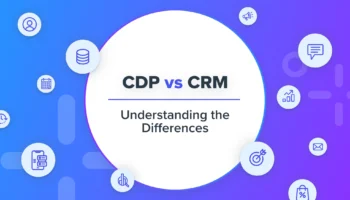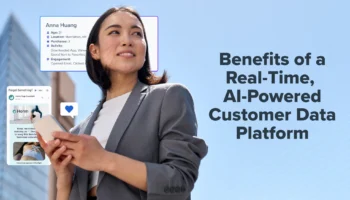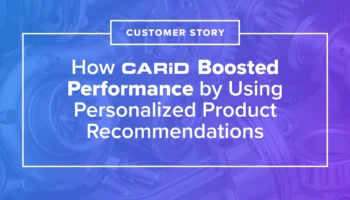Vijay Chittoor, CEO of Blueshift
For marketers, it’s the difference between manual, “driver assisted” automation, and truly autonomous “self-driving” automation
“When looking at the difference in Artificial Intelligence and Machine Learning, think of the evolution of “smart cars”/driverless cars.” says Vijay Chittoor “Machine learning would be similar to “driver-assisted” cars where the machine learning is in the passenger seat. It’s helping in the driving but not actually doing any of the driving for you. For instance when backing up, you might get an alert of nearby objects from machine learning – you, as the diver, must still make the decision of what to do. Contrary to “driver assist” (machine learning), a “self-driving” car would process all the incoming data, assess the situation, and decide on the the best action to take…autonomously. This is what Artificial Intelligence is — the “self-driving car” that ingests, analyzes, and takes action on its own using predictive scoring/models that would have the best outcome.”
Stewart Rogers, Analyst of VentureBeat
It’s the difference between finding and applying a pattern, or, taking a pattern and actually improving upon it
“Machine learning is finding patterns in the data, and by finding patterns in the data, we can apply that pattern to other data. This is useful for predictive analytics, for example.” says Stewart Rogers “With Artificial Intelligence (AI), on the other hand, we have a system that takes the pattern and then makes the best version of it order to optimize or improve upon the data so you get a better result.”
Most legacy marketing platforms use a form of marketing automation that’s more driver-assisted where it’s a simple triggered response to an event being fired or an action being taken, like a yes/no logic in a workflow or a simple “if/then” logic that must be manually built for every outcome by a marketer. There’s no “thinking” involved, no decisions based on continuous learning. Sure, it’s automated, but it’s time consuming, very manual, full of list pulls and exports, and has no real intelligence behind once it is executed. You’re just applying a pattern to a problem and letting it run.
New platforms use the “self-driving” model, where artificial intelligence runs the show — essentially making the marketer smarter and able to really scale their efforts by making informed decisions at remarkable scale across channels. Modern technologies continuously learn and optimize for better performance.



